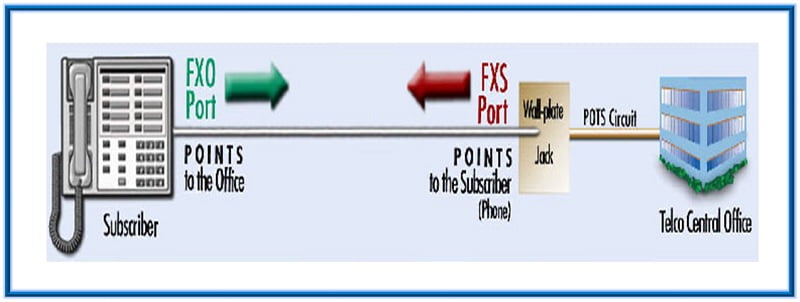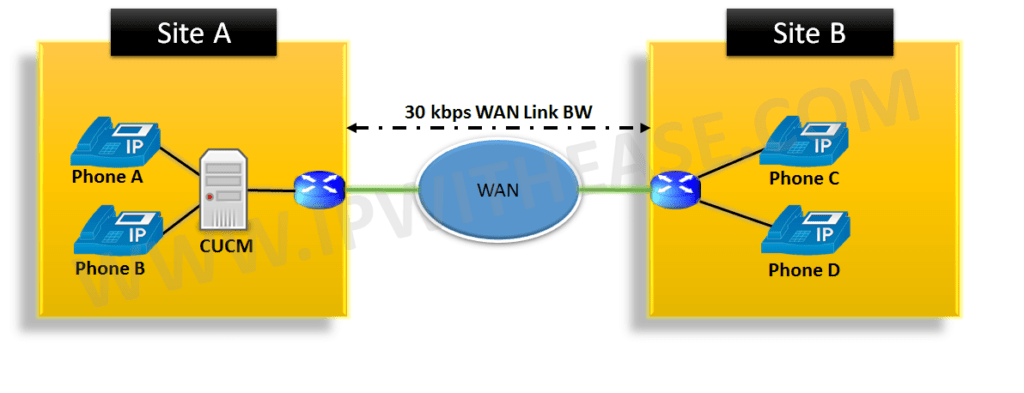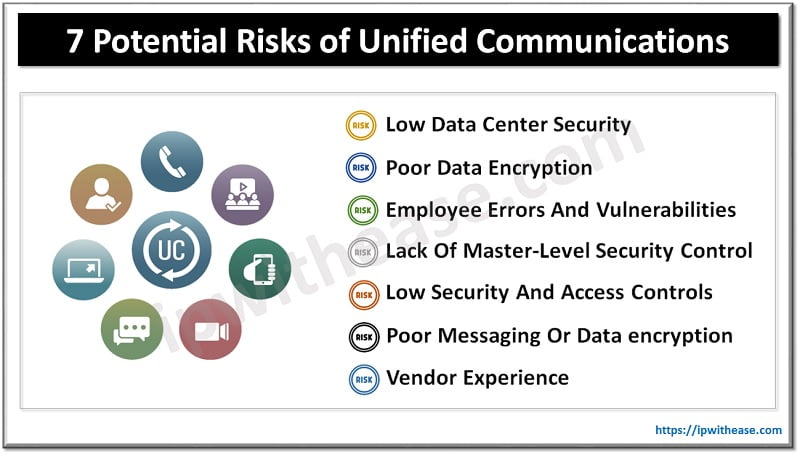FXS stands for Foreign Exchange Subscriber and at times also called Foreign Exchange Station. FXS interface delivers POTS service from Phone Company’s Central Office (CO) and connects to subscriber equipment (telephones, modems, and fax machines). In other words an FXS interface points to the subscriber. An FXS interface provides the following primary services to a subscriber device:
- Dial tone
- Battery current
- Ring voltage
FXS is an RJ11 port that connects internally to an analog office phone or fax machine. Think of the S as meaning a station or a subscriber. A device that connects to FXS port contains a foreign exchange office (FXO) interface and could be a standard analog telephone, fax machine or a private branch exchange (PBX) to receive telephone service.
Detailed difference between FXS and FXO is available on this link – “FXO vs FXS”
Below diagram can help in illustration of FXS port and where it stands in analog telephone communication.
FXS Calling Procedure
Call Initiation—An FXS device initiates a call by offering ring voltage over the line to the attached FXOdevice. (FXS devices cannot pass dialed digits.)
Call Reception—An FXS device receives a call by –
- Detecting the line has been seized (the attached FXO device—has gone off hook)
- Receiving Dual-Tone Multi-Frequency (DTMF) digits indicating how the call should be routed.
Line Power – FXS devices supply approximately 50 volts DC power to the line. During an emergency, FXO devices can use FXS line voltage for power in the event of a local electrical power failure.
ABOUT THE AUTHOR

You can learn more about her on her linkedin profile – Rashmi Bhardwaj



